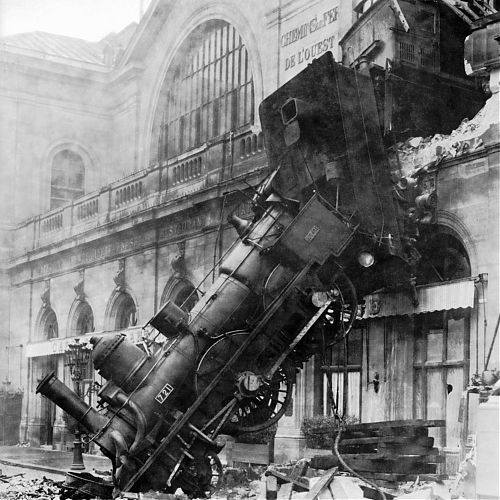Editors' Note
This issue is, in one sense, backward looking — even at its most speculative in the closing essay. It is also, or because so, recuperative. The historical, literary historical, and speculative essays collected here each in some way seek to reclaim what has been lost to history, whether a particular individual, political program, or genre with the hope of mobilizing toward its revolutionary potential. It begins, in this vein, in a literary mode with two essays by Roberto Schwarz on the imperatives and difficulties of literary realism. The first, an unpublished excerpt from “Two Girls,” underscores Schwarz’s commitment to “composition” or form as producing truth claims about the world that are no less specific to art. The second essay on Henry James’s The Portrait of a Lady posits as fundamental the distinction between an observational mimetic standpoint and a realism that “mobilizes the categories within which it moves,” further clarifies the stakes of Schwarz’s critical project.
From there the issue pivots to a more explicitly historiographic mode. Philip Bounds revises the relationship between the British Communist literary theory of the 1930s and doctrinaire Soviet Literary Theory by arguing that although British literary theorists such as Alick West and Christopher Caudwell were influenced by, for example, Nikolai Bukharin’s efforts to define a Soviet literary aesthetic, they extend those arguments in a way that has been often overlooked. Thus questioning the assumption that British communists in the 1930s were mouthpieces for Stalin’s regime, Bounds makes the case for their important role in forging a Marxist aesthetics. Jessica Manry’s essay is similarly reevaluative, arguing that the work of George Padmore — which has been overlooked to our detriment — continues to hold lessons for Marxist thinkers on the questions of class of race. By reading Padmore’s work from his later writings back to earlier ones, Manry recuperates Padmore’s later (less dialectical) work for a Marxian project by demonstrating the ways the pressures of neoliberal thought came to influence his writing and by no less demonstrating the ways his later thought maintains the revolutionary impulses of his earlier writing.
Just as each of these essays is an attempt to parse the nuances of the contradictions and struggles of a pragmatic Left politics, Oded Nir’s essay argues that “peace” occupies an uncertain and often contradictory position in Left Israeli politics. Reading “peace” as a kind of “vanishing mediator,” that is everywhere and nowhere, Nir argues that peace — whatever its status or prospects — has not only galvanized the neoliberalization of the Israeli state, but almost completely disappeared as a horizon of Left politics. The renewal of the Israeli Left, argues Nir, stands or falls precisely with the way it narrates the disappearance of peace.
Deborah Young shifts the focus slightly to offer a theoretical account of capitalism’s propulsive drive toward social death. Drawing heavily on the Wertkritik school, Young weds Marx’s theory of value to Sigmund Freud’s articulation of the death drive, arguing that even though capitalism seems more than content to sacrifice its agents (subjects) to profit, those agents continue to do its bidding. In a sense, this requires reading Freud against himself, as Young notes, no less than it requires re-evaluation of Marxian notions of value. This heterodox reading of both thinkers combined raises pressing questions of how to think historically about the present (and ongoing) crisis of capital.
The issue then concludes with theses by Darko Suvin, who is less concerned with history as such, than with the ways science fiction mediates that history to imagine a future — one is tempted to say, he is primarily concerned with future histories. In these theses, Suvin returns to many of the arguments he has made throughout his career and consolidates them to proffer a new theory of anti-utopia and counterrevolution. Suvin puts it most succinctly in the form of a question: “What happens when…all of us find ourselves thrust inside anti-utopia, a kind of demented Tron movie we cannot get out of, increasingly more bitter if not impossible to live in?” To answer this question is to begin to think historically about capitalism’s anti-utopian (and anti-humanist) drive, he suggests, and, at the same time, to think about its alternatives. When science fiction adopts the logic of anti-utopia it strikes its most forceful counterrevolutionary posture.
Reviews by Anirban Karak on Terry Pinkard’s philosophy of history and Thomas A. Laughlin on Fredric Jameson’s theory of realism round out the issue, bringing together the strands of art and history that run through many of the essays collected here.
– Davis Smith-Brecheisen, for the Mediations editors
